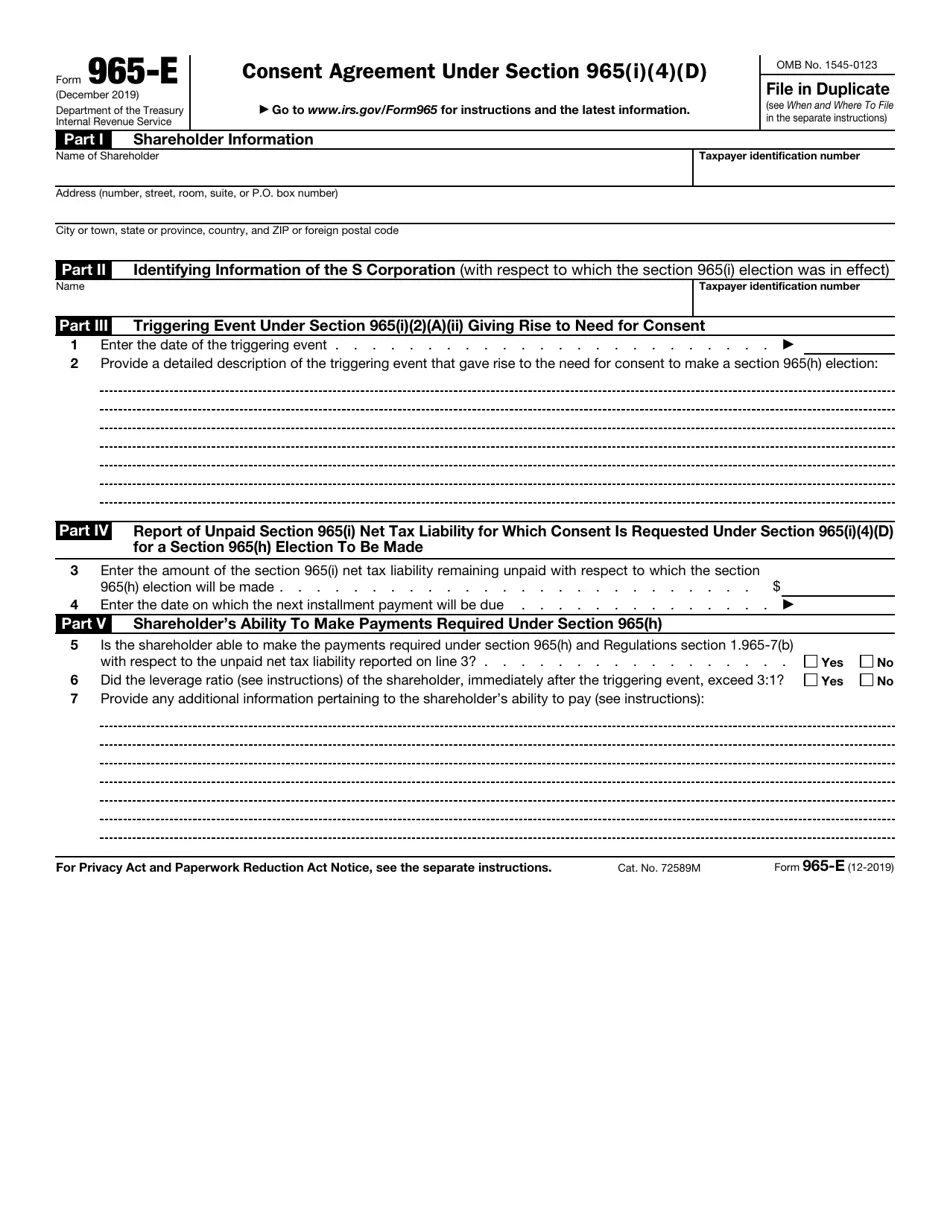Recovering from Plica Surgery: A Road to Knee Health
Recovery from plica surgery marks a crucial phase in the journey toward regaining optimal knee health. Plica syndrome, characterized by irritation or inflammation of the plica, a fold of synovial tissue within the knee joint, can cause discomfort and limitations in mobility. Surgical intervention may be necessary to alleviate these symptoms and restore normal knee function. In this article, we will delve into the key aspects of recovering from plica surgery, offering valuable insights, tips, and guidance to help individuals on their path to a successful and smooth rehabilitation process. Whether you’re preparing for this procedure or supporting a loved one through it, understanding the recovery process is essential for a successful outcome.
Plica surgery recovery
Plica surgery recovery, also known as plicectomy recovery, refers to the process of healing and rehabilitation following surgical intervention to address plica syndrome. Plica syndrome occurs when the plica, a fold of synovial tissue in the knee joint, becomes irritated or inflamed, leading to discomfort and limited mobility.
The recovery period after plica surgery typically involves several key phases:
- Immediate Post-Op: In the initial days following surgery, patients are advised to rest, elevate the leg, and apply ice to reduce swelling. Pain management and prescribed medications are important during this phase.
- Physical Therapy: Physical therapy plays a crucial role in plica surgery recovery. Patients will work with a therapist to regain strength, flexibility, and range of motion in the affected knee. Exercises are tailored to the individual’s needs and progress.
- Gradual Return to Activities: As the knee heals, patients gradually reintroduce everyday activities and exercises. This phase is closely monitored by medical professionals to ensure that the knee is responding well to the increased demand.
- Follow-Up Appointments: Regular follow-up appointments with the surgeon are essential to assess progress and address any concerns or complications that may arise during recovery.
- Lifestyle Adjustments: Patients may need to make certain lifestyle adjustments, such as modifying their exercise routines or activities to prevent re-injury and support long-term knee health.
- Patience and Commitment: Successful recovery from plica surgery requires patience and commitment. It can take several weeks to several months to achieve full recovery, depending on individual factors.
Ultimately, the goal of plica surgery recovery is to alleviate pain, improve knee function, and allow individuals to return to their normal activities and sports. Adhering to post-operative guidelines and working closely with healthcare professionals are vital components of a successful recovery journey.
Knee surgery recovery
Knee Surgery Recovery: A Comprehensive Guide
Knee surgery recovery is a multifaceted process that encompasses various procedures, including knee arthroscopy, ACL reconstruction, total knee replacement, and more. The success of this recovery largely depends on the type of surgery performed and individual factors such as age, overall health, and adherence to rehabilitation protocols.
Key Aspects of Knee Surgery Recovery:
- Immediate Post-Op Care: The first days following knee surgery are critical. Patients are advised to rest, elevate the leg, and apply ice to reduce swelling. Pain management is a priority, with prescribed medications or pain-relief techniques.
- Physical Therapy: Physical therapy plays a pivotal role in knee surgery recovery. Customized exercise programs are designed to restore strength, flexibility, and range of motion. Regular sessions with a skilled therapist are essential.
- Gradual Mobility Restoration: As the knee heals, patients progressively regain mobility and function. Activities are increased gradually under the guidance of healthcare professionals.
- Follow-Up Appointments: Regular check-ups with the surgeon or orthopedic specialist are necessary to monitor progress, address concerns, and make any necessary adjustments to the recovery plan.
- Lifestyle Adaptations: Patients may need to modify their lifestyle, including work, exercise routines, and daily activities, to support the healing process and reduce the risk of complications.
- Patience and Persistence: Knee surgery recovery requires patience and persistence. It can take several weeks to months to achieve full recovery, and setbacks may occur. Adhering to prescribed guidelines is essential for a successful outcome.
- Long-Term Maintenance: Beyond immediate recovery, maintaining knee health is crucial. Patients are often encouraged to continue exercises and precautions to prevent future issues.
In conclusion, knee surgery recovery is a personalized journey that demands dedication and collaboration between patients and healthcare providers. A well-structured rehabilitation plan, coupled with a positive mindset, can lead to a successful recovery and a return to an active, pain-free lifestyle.
Plica surgery rehabilitation
Plica Surgery Rehabilitation: Restoring Knee Health
Plica surgery rehabilitation is a critical phase in the recovery journey for individuals who have undergone surgical intervention to address plica syndrome, a condition marked by irritation or inflammation of the plica in the knee joint.
Key Components of Plica Surgery Rehabilitation:
- Immediate Post-Operative Care: Following plica surgery, patients are initially advised to rest and elevate the affected leg. Icing and pain management are essential to reduce swelling and discomfort.
- Physical Therapy: Physical therapy is a cornerstone of plica surgery rehabilitation. Skilled therapists design personalized exercise regimens to improve knee strength, flexibility, and range of motion. Regular therapy sessions are integral to success.
- Gradual Progression: As the knee heals, patients gradually reintroduce activities and exercises under the guidance of healthcare professionals. This progressive approach minimizes the risk of re-injury.
- Monitoring and Adjustments: Regular follow-up appointments with the surgeon or physical therapist are necessary to track progress, address concerns, and make any necessary modifications to the rehabilitation plan.
- Lifestyle Adaptations: Patients may need to make temporary lifestyle adjustments to support the healing process and minimize stress on the knee.
- Patient Compliance: Successful plica surgery rehabilitation hinges on patient compliance with prescribed exercises and precautions. Consistency is key to achieving optimal results.
- Long-Term Knee Health: Beyond immediate recovery, individuals are encouraged to continue exercises and lifestyle practices that promote long-term knee health and prevent future issues.
In summary, plica surgery rehabilitation is a pivotal phase in the recovery process, aiming to alleviate pain, improve knee function, and enhance overall quality of life. Collaboration between patients and healthcare providers, along with a commitment to the rehabilitation plan, is essential for a successful outcom.
Post-op plica surgery
Post-op Plica Surgery: Navigating Recovery
Post-op plica surgery refers to the period immediately following surgical intervention to address plica syndrome, a condition characterized by irritation or inflammation of the plica within the knee joint. This crucial phase of the recovery process is vital for restoring knee health and mobility.
Key Considerations in Post-op Plica Surgery:
- Immediate Post-Surgery Period: Following plica surgery, patients enter the immediate post-operative phase. This entails rest, elevation, and the application of ice to minimize swelling. Pain management is also a primary concern, often requiring prescribed medications.
- Physical Therapy and Rehabilitation: Physical therapy plays a central role in post-op plica surgery recovery. Skilled therapists develop tailored exercise regimens to rebuild strength, improve flexibility, and regain range of motion in the affected knee.
- Progressive Mobility Restoration: As the knee heals, gradual reintroduction of activities and exercises is supervised by healthcare professionals to prevent complications and ensure a steady recovery.
- Regular Follow-Up Appointments: Patients undergo regular check-ups with their surgeon or orthopedic specialist to assess healing progress, address any concerns, and make necessary adjustments to the recovery plan.
- Lifestyle Adjustments: Patients may need to make temporary lifestyle modifications to support the healing process and reduce stress on the knee.
- Adherence to Recommendations: Adherence to prescribed exercises and precautions is crucial for a successful recovery. Consistency in following medical guidance is a key determinant of outcomes.
- Long-Term Knee Health: Beyond immediate recovery, individuals are encouraged to maintain knee health through ongoing exercises and practices that reduce the risk of future issues.
In conclusion, post-op plica surgery is a pivotal phase in the journey to regain knee health and mobility. Collaborative efforts between patients and healthcare providers, along with a commitment to the post-operative plan, are essential for a successful recovery and a return to an active, pain-free lifestyle.
Plica surgery recovery tips
Recovering from plica surgery is a crucial phase in your journey to regain knee function and alleviate pain. Proper post-operative care and attention can significantly enhance your recovery experience. In this article, we will explore essential tips to facilitate a smooth and successful recuperation process.
- Follow Medical Advice: The foremost tip for plica surgery recovery is to strictly adhere to your surgeon’s post-operative instructions. These guidelines are tailored to your specific case and should not be underestimated. They may include recommendations for medication, mobility, and rehabilitation exercises.
- Manage Pain: Expect some level of discomfort or pain after plica surgery. Your doctor will prescribe pain medications to help manage this. Take them as directed and don’t wait until the pain becomes severe before taking medication.
- RICE Protocol: Rest, Ice, Compression, and Elevation (RICE) is a standard protocol for reducing swelling and promoting healing. Apply ice packs, use compression bandages, and keep your leg elevated to minimize swelling and discomfort.
- Physical Therapy: Engaging in a structured physical therapy program is vital for a successful recovery. Physical therapists can guide you through exercises that will strengthen your knee, improve flexibility, and restore range of motion.
- Gradual Return to Activity: Avoid rushing back into your regular activities. Your knee will need time to heal and regain strength. Your doctor will provide guidance on when it’s safe to resume various activities, such as walking, jogging, or sports.
- Nutrition and Hydration: Eating a balanced diet and staying hydrated are essential for tissue healing. Proper nutrition provides your body with the necessary nutrients to repair and rebuild tissues.
- Patience: Recovery from plica surgery is a gradual process, and it’s important to be patient with yourself. Do not push your body too hard too soon, as this can lead to setbacks.
- Support System: Seek emotional and physical support from friends and family. Having a strong support system can make the recovery process more manageable.
- Monitor for Complications: Keep a close eye on your surgical site for any signs of infection, increased swelling, or unusual pain. Report any concerning symptoms to your healthcare provider promptly.
Conclusion: Recovering from plica surgery requires diligence, patience, and a commitment to following medical advice. By incorporating these tips into your recovery plan, you can increase your chances of a successful and swift recuperation, allowing you to return to your daily activities with a healthy knee. Remember, every individual’s recovery journey is unique, so consult with your healthcare provider for personalized guidance.











